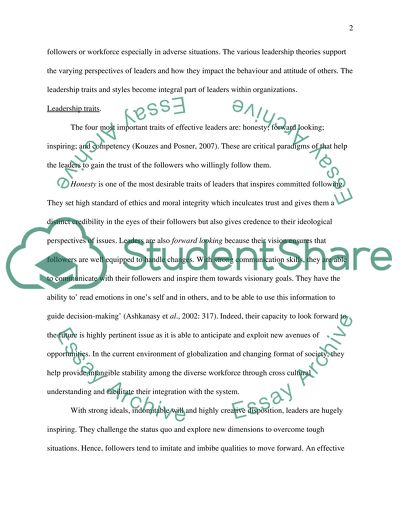Cite this document
(“The New Leadership Challenge , Creating The Future of Nursing Essay”, n.d.)
The New Leadership Challenge , Creating The Future of Nursing Essay. Retrieved from https://studentshare.org/nursing/1482371-the-new-leadership-challenge-creating-the-future
The New Leadership Challenge , Creating The Future of Nursing Essay. Retrieved from https://studentshare.org/nursing/1482371-the-new-leadership-challenge-creating-the-future
(The New Leadership Challenge , Creating The Future of Nursing Essay)
The New Leadership Challenge , Creating The Future of Nursing Essay. https://studentshare.org/nursing/1482371-the-new-leadership-challenge-creating-the-future.
The New Leadership Challenge , Creating The Future of Nursing Essay. https://studentshare.org/nursing/1482371-the-new-leadership-challenge-creating-the-future.
“The New Leadership Challenge , Creating The Future of Nursing Essay”, n.d. https://studentshare.org/nursing/1482371-the-new-leadership-challenge-creating-the-future.


